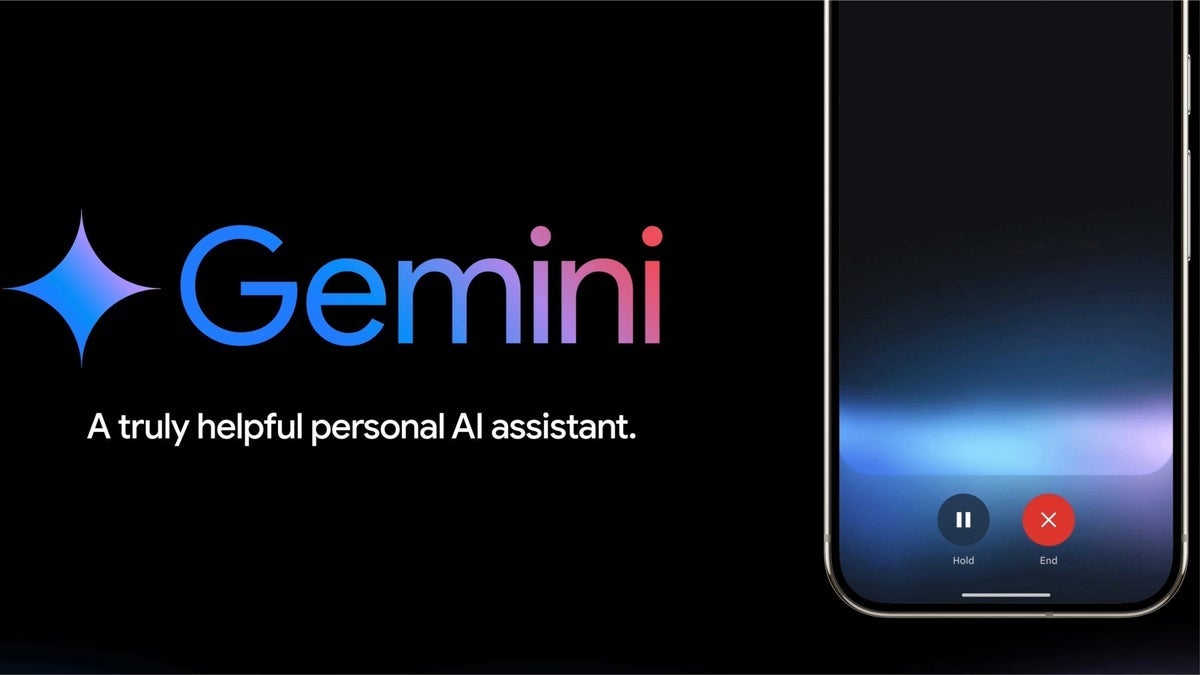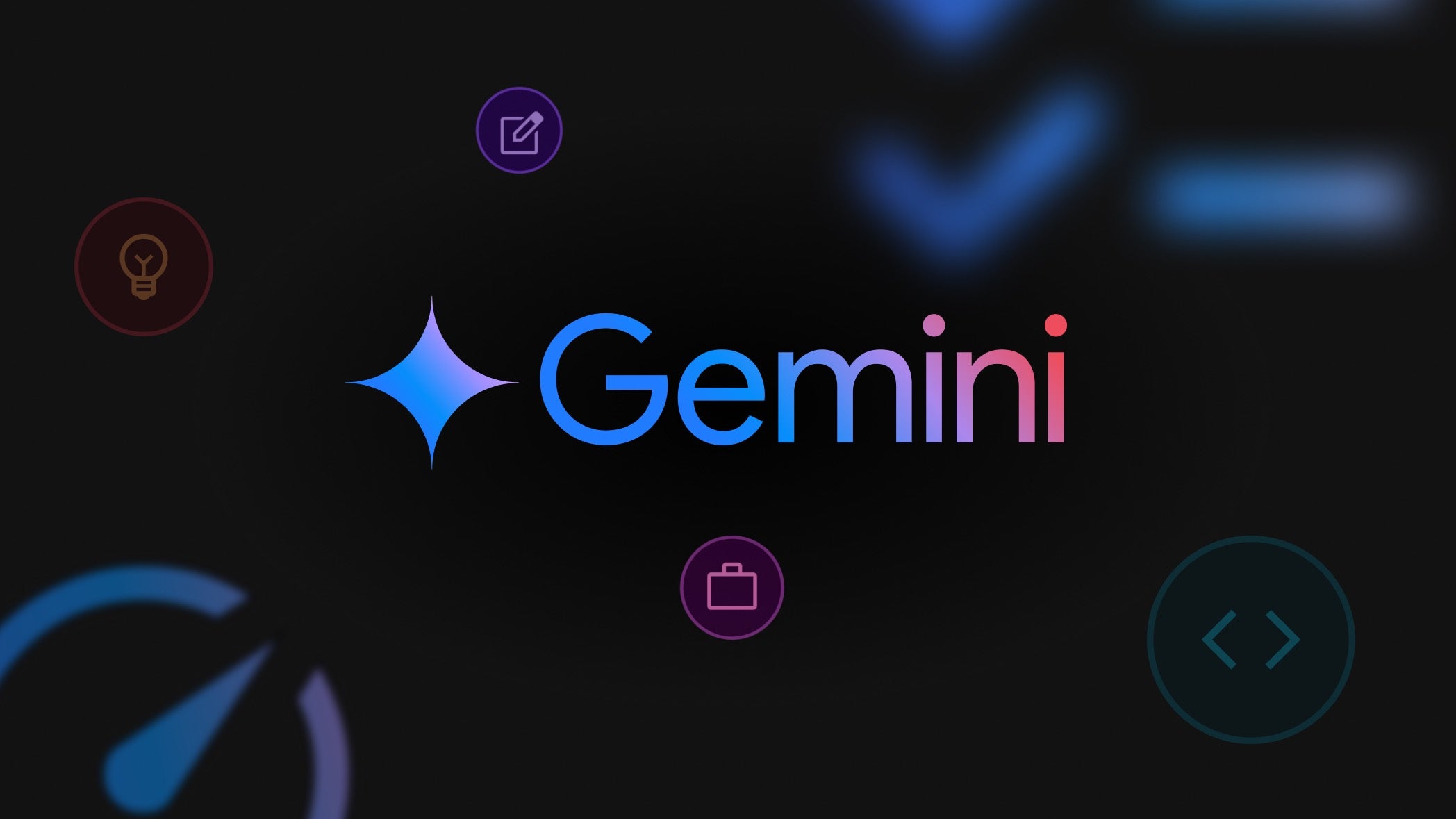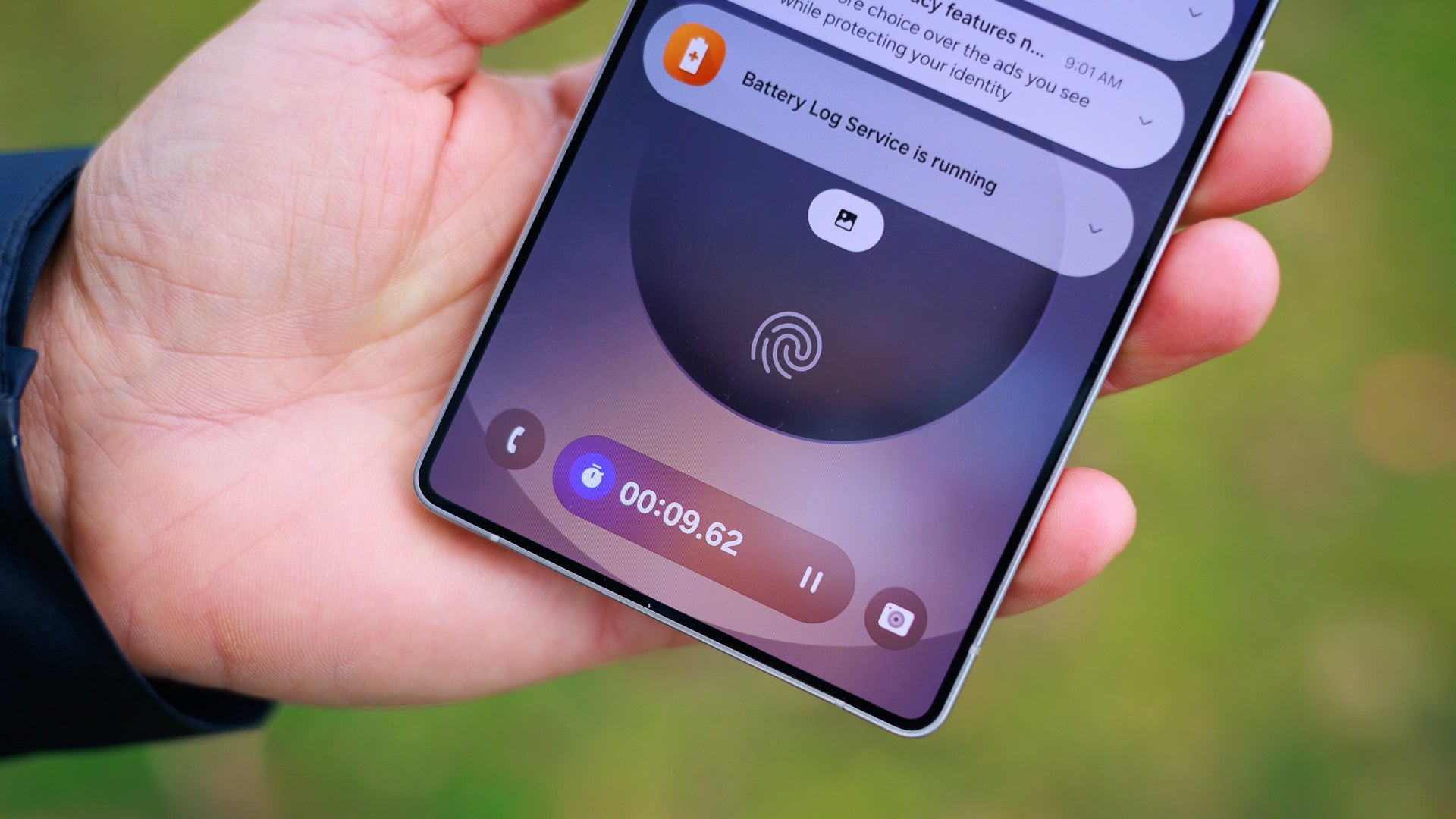Build a multilingual language detection and translation system using IBM watsonx.ai
This tutorial was originally published on IBM Developer by Bhavishya Pandit IBM watsonx.ai simplifies the process of building AI-powered solutions. For example, with just a few lines of code, we can leverage its models to identify languages and generate accurate translations. A system can easily be integrated into applications like customer support, content localization, or even personal language-learning tools. In this article, we’ll explore how to use watsonx.ai to build a multilingual language detection and translation system. With watsonx.ai's pretrained AI models, it's simple to develop intelligent systems without starting from scratch. To get a closer look at watsonx.ai capabilities, we’ll create a system that detects languages and translates text. We’ll build an LLM-powered system that can detect and translate languages, making the system smarter, faster, and more reliable. Let’s dive into how we can create this system step by step. And don't worry, we'll keep things simple and easy to follow. The system we're building has two main components: Language detection: Given a piece of text, the system will identify the language it's written in and return the corresponding 3-letter ISO language code. Language translation: The system will translate text from one language to another, following specific instructions to ensure accurate and contextually appropriate translations. Ideal for accomplishing our goal, watsonx.ai provides pre-trained models for various natural language processing tasks, including language detection and translation. Before you begin To get started, you’ll need to set up a watsonx.ai project to gain access to the watsonx LLMs for data generation. Complete the following steps: Login to watsonx.ai using your IBM Cloud account. Create a watsonx.ai project. Create a Watson Machine Learning service instance (choose the Lite plan, which is a free instance). Generate an API Key in WML. Associate the WML service with the project you created in watsonx.ai. Set up the environment Before diving into the code, we need to set up our environment. This involves installing the necessary libraries and configuring the watsonx.ai API key. We need to import the WatsonxLLM class from the langchain_ibm library, which allows us to interact with watsonx.ai models. We also set the WATSONX_APIKEY environment variable to our IBM Cloud API key. Continue reading on IBM Developer

This tutorial was originally published on IBM Developer by Bhavishya Pandit
IBM watsonx.ai simplifies the process of building AI-powered solutions. For example, with just a few lines of code, we can leverage its models to identify languages and generate accurate translations. A system can easily be integrated into applications like customer support, content localization, or even personal language-learning tools.
In this article, we’ll explore how to use watsonx.ai to build a multilingual language detection and translation system. With watsonx.ai's pretrained AI models, it's simple to develop intelligent systems without starting from scratch.
To get a closer look at watsonx.ai capabilities, we’ll create a system that detects languages and translates text. We’ll build an LLM-powered system that can detect and translate languages, making the system smarter, faster, and more reliable.
Let’s dive into how we can create this system step by step. And don't worry, we'll keep things simple and easy to follow.
The system we're building has two main components:
Language detection: Given a piece of text, the system will identify the language it's written in and return the corresponding 3-letter ISO language code.
Language translation: The system will translate text from one language to another, following specific instructions to ensure accurate and contextually appropriate translations.
Ideal for accomplishing our goal, watsonx.ai provides pre-trained models for various natural language processing tasks, including language detection and translation.
Before you begin
To get started, you’ll need to set up a watsonx.ai project to gain access to the watsonx LLMs for data generation. Complete the following steps:
- Login to watsonx.ai using your IBM Cloud account.
- Create a watsonx.ai project.
- Create a Watson Machine Learning service instance (choose the Lite plan, which is a free instance).
- Generate an API Key in WML.
- Associate the WML service with the project you created in watsonx.ai.
Set up the environment
Before diving into the code, we need to set up our environment. This involves installing the necessary libraries and configuring the watsonx.ai API key.
We need to import the WatsonxLLM class from the langchain_ibm library, which allows us to interact with watsonx.ai models. We also set the WATSONX_APIKEY environment variable to our IBM Cloud API key.
Continue reading on IBM Developer








































































































































































![[The AI Show Episode 146]: Rise of “AI-First” Companies, AI Job Disruption, GPT-4o Update Gets Rolled Back, How Big Consulting Firms Use AI, and Meta AI App](https://www.marketingaiinstitute.com/hubfs/ep%20146%20cover.png)




















































































































































































































































































































































































![Beats Studio Pro Wireless Headphones Now Just $169.95 - Save 51%! [Deal]](https://www.iclarified.com/images/news/97258/97258/97258-640.jpg)










































































































